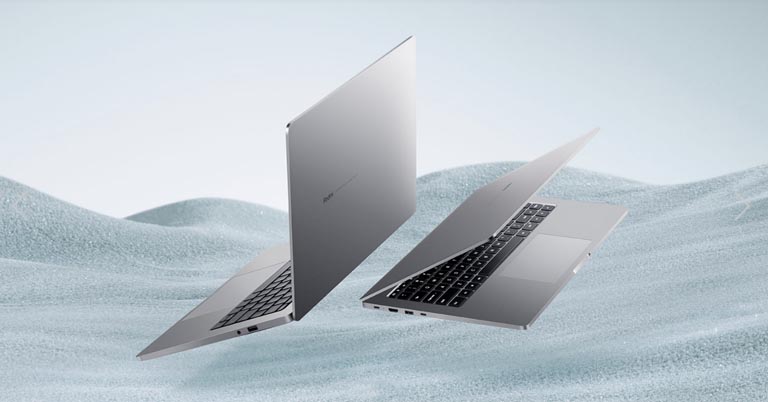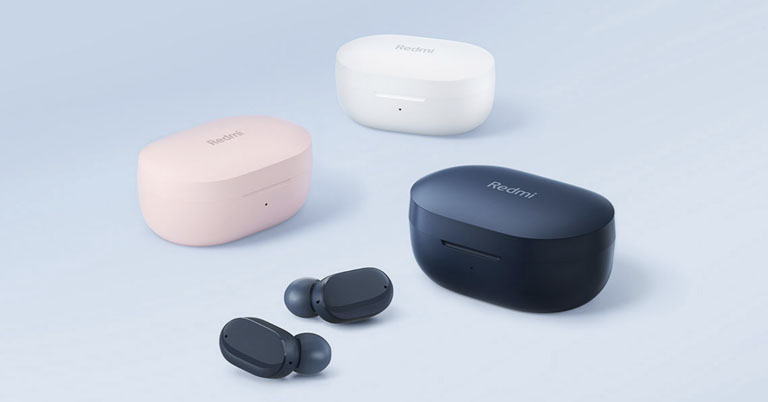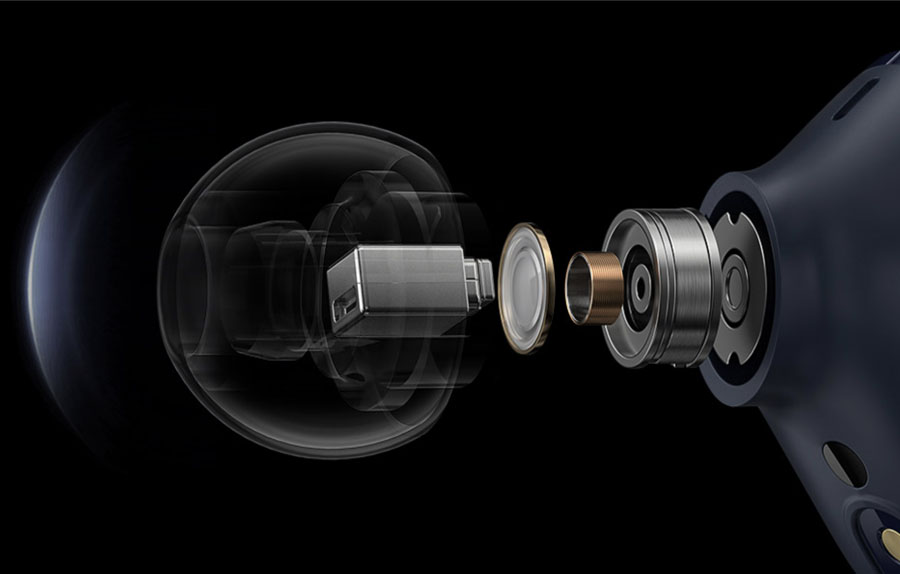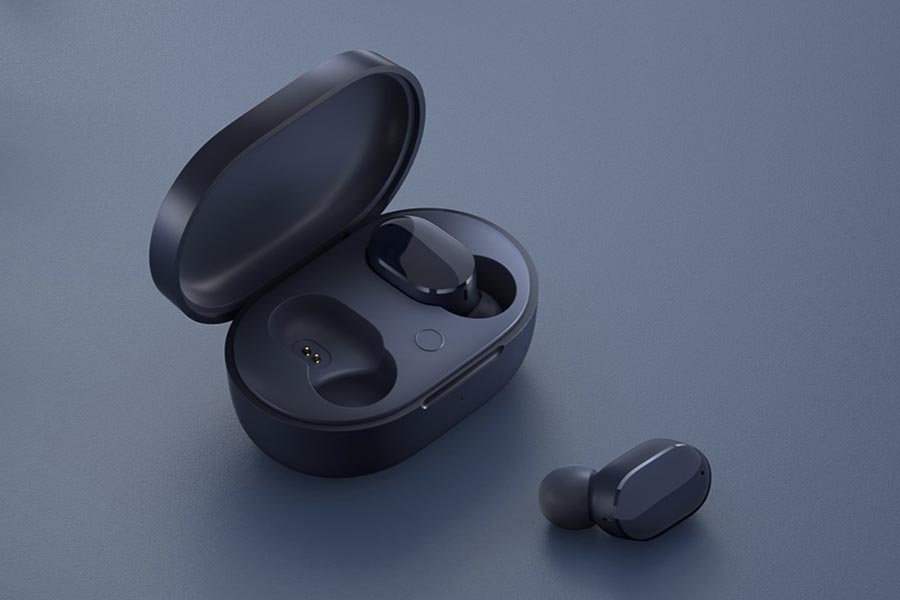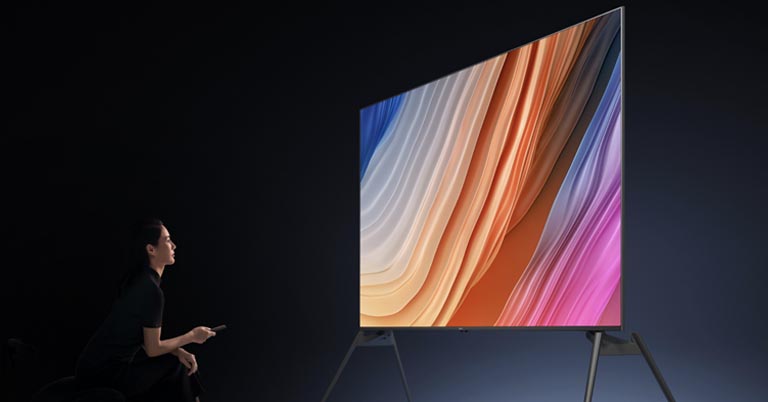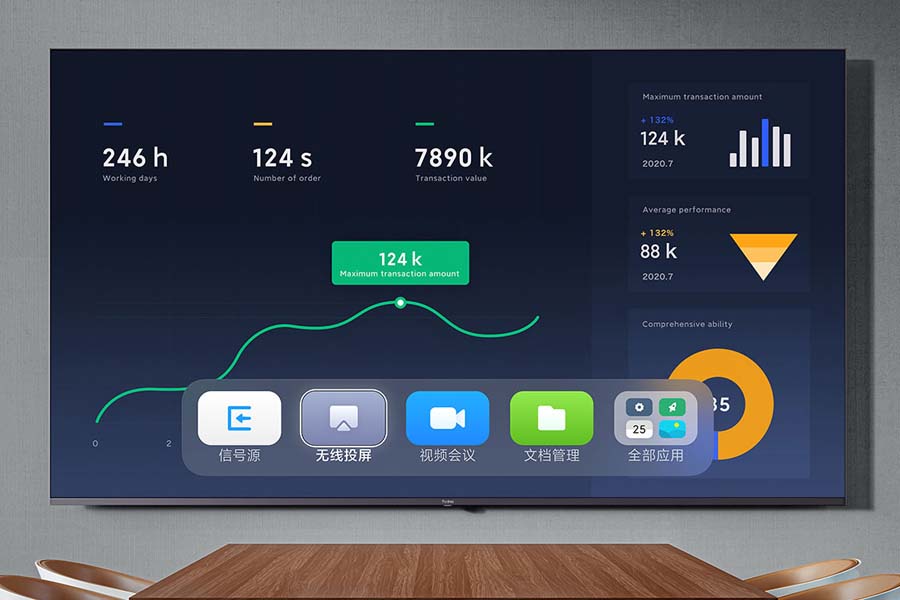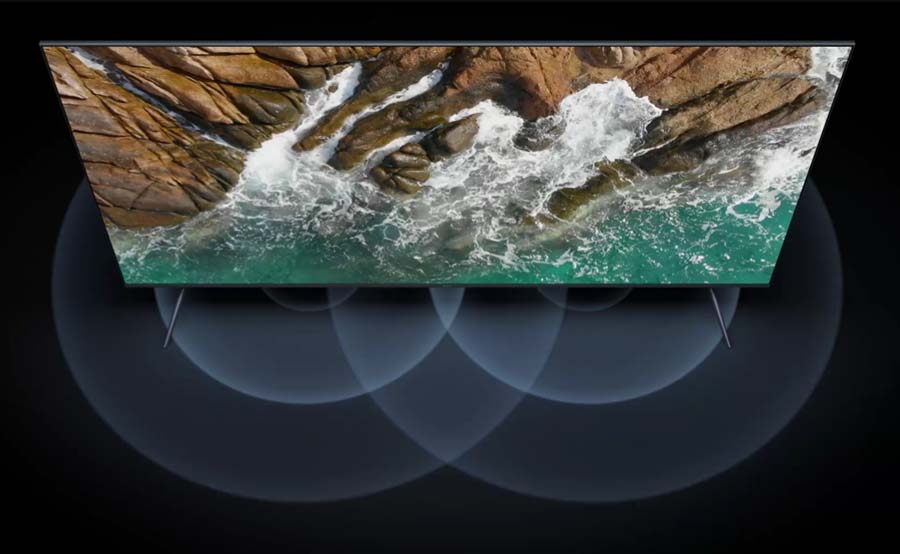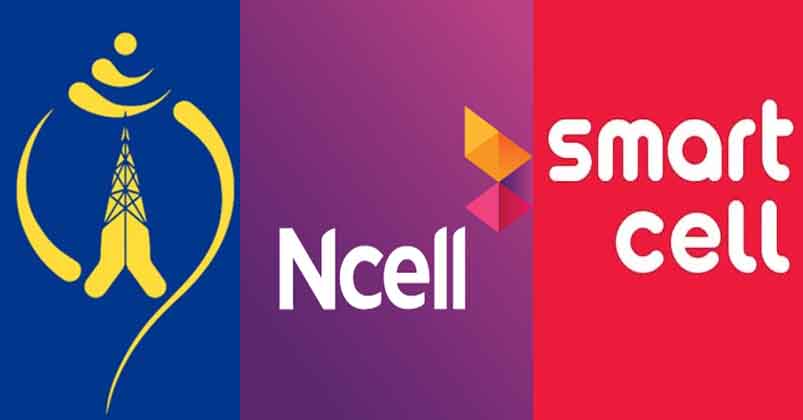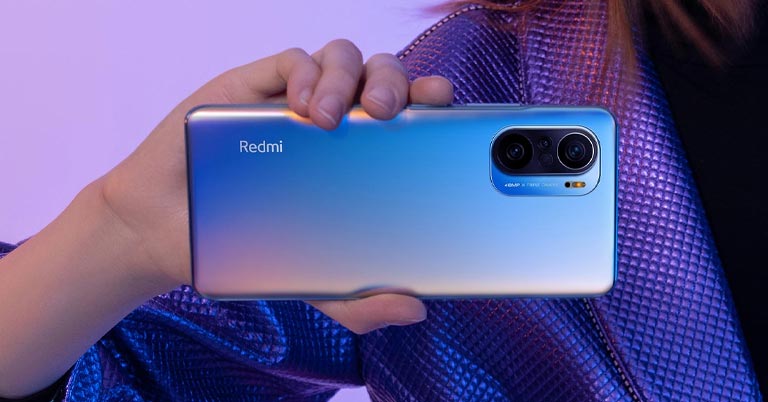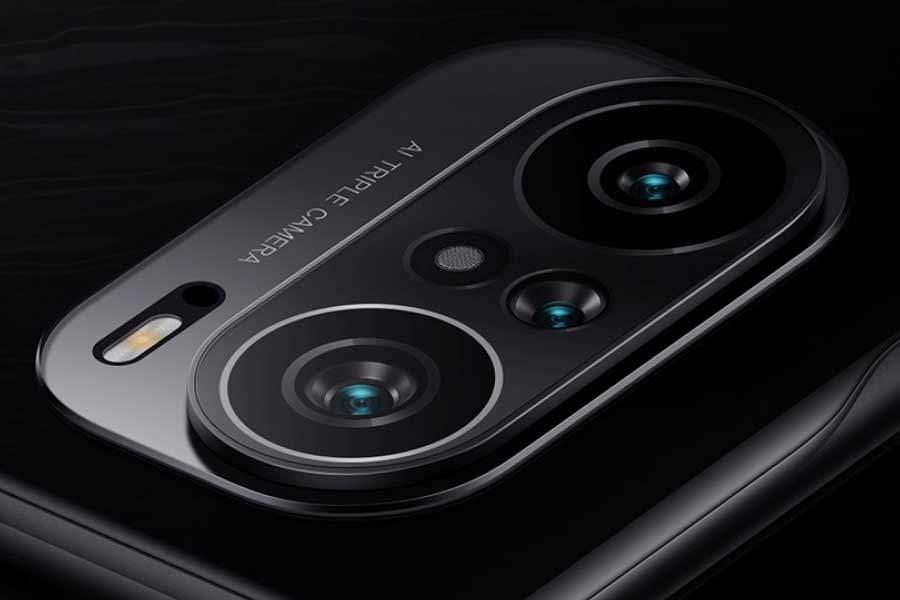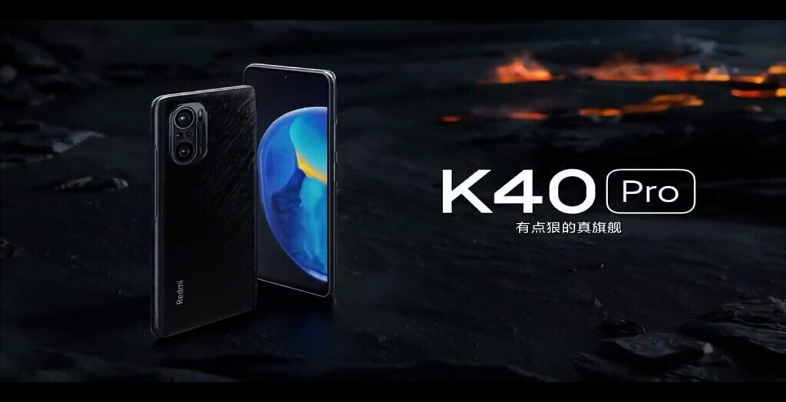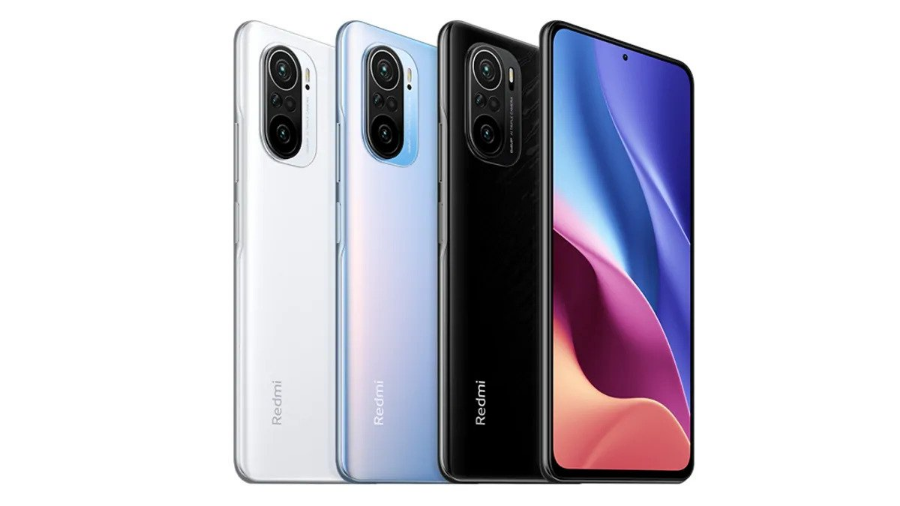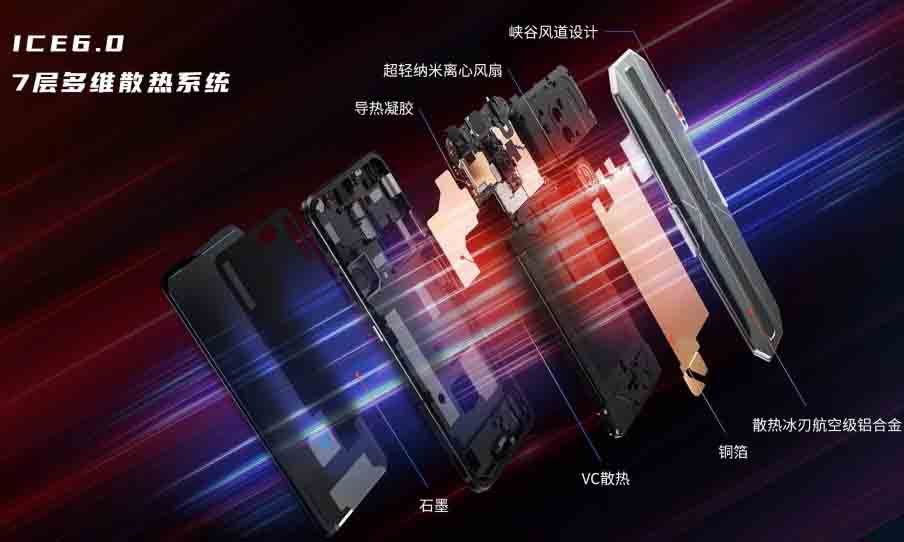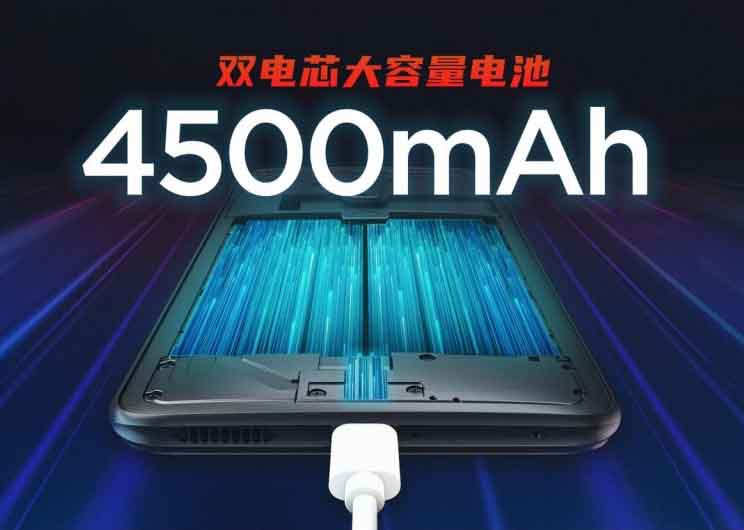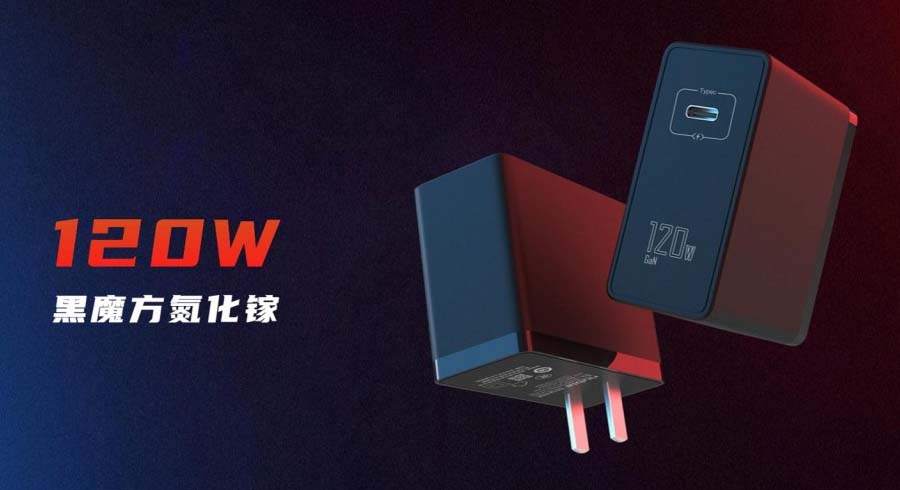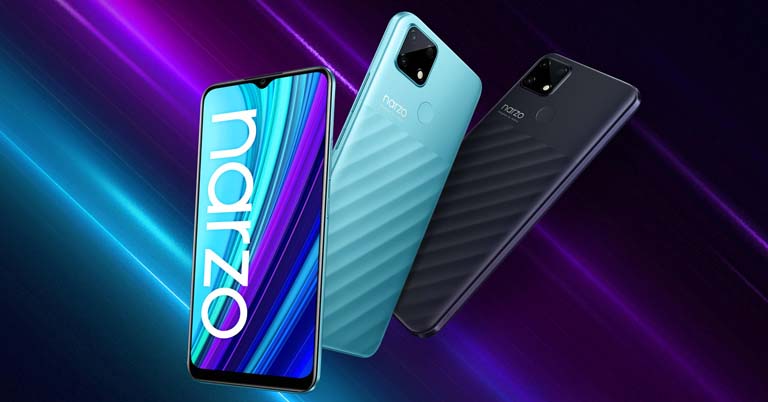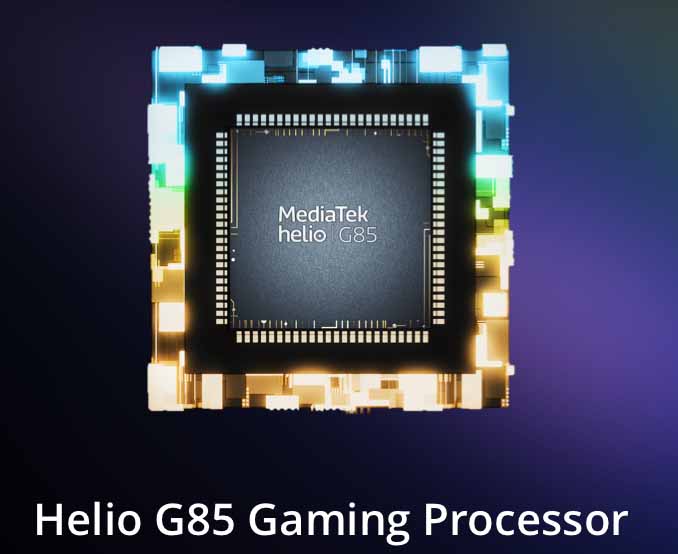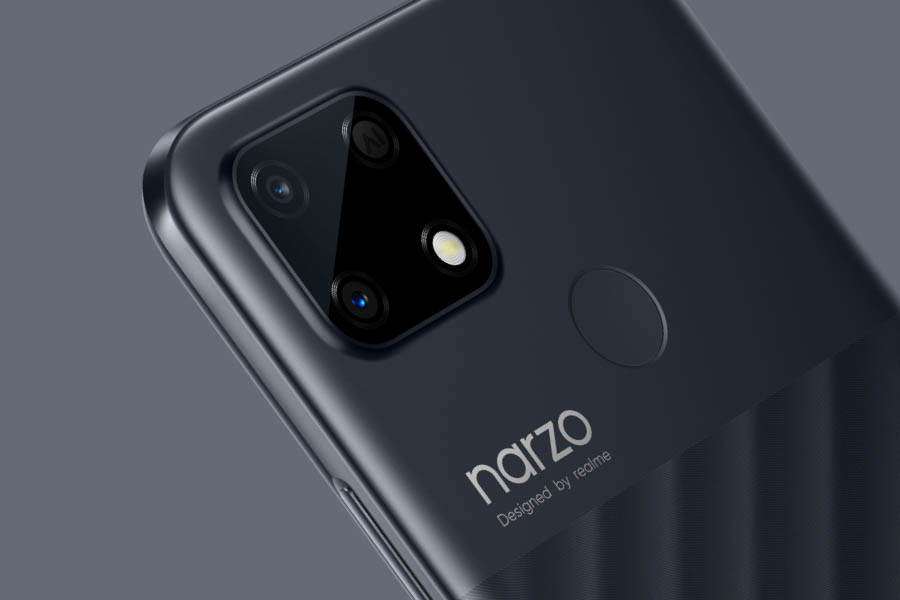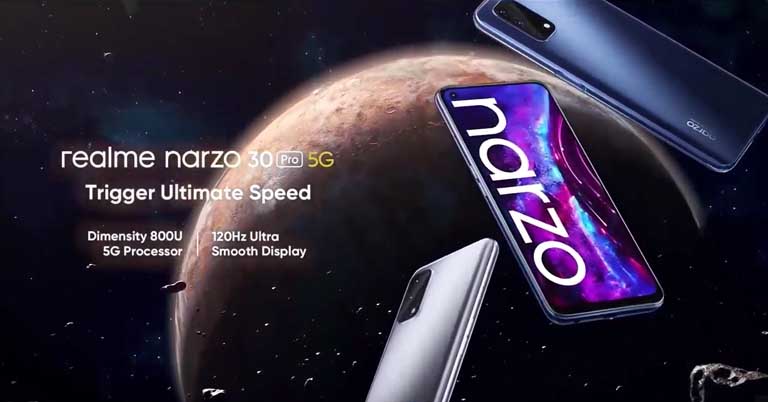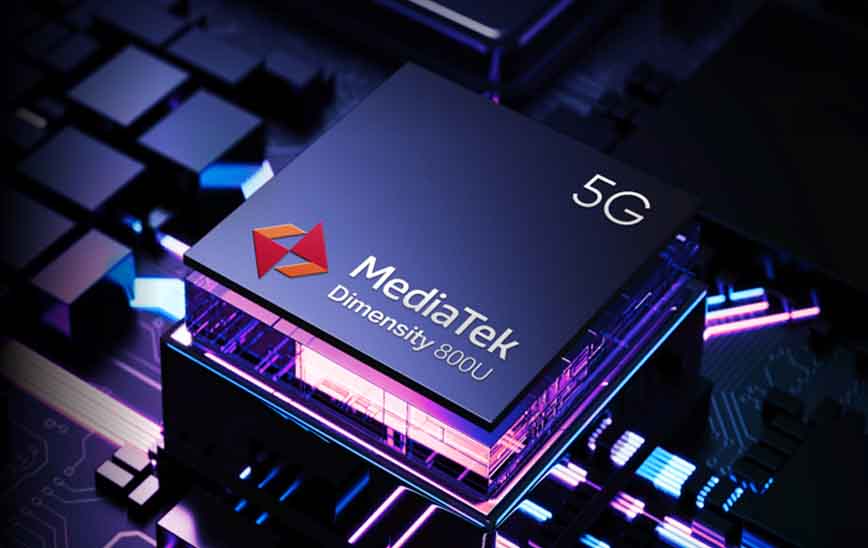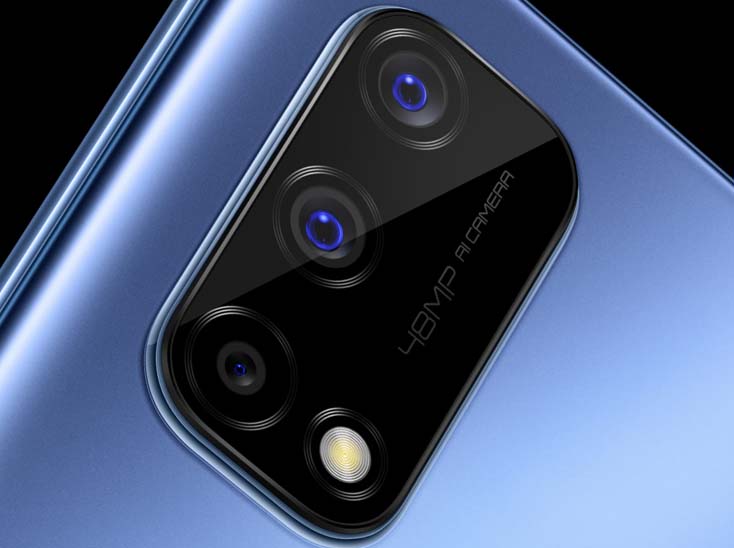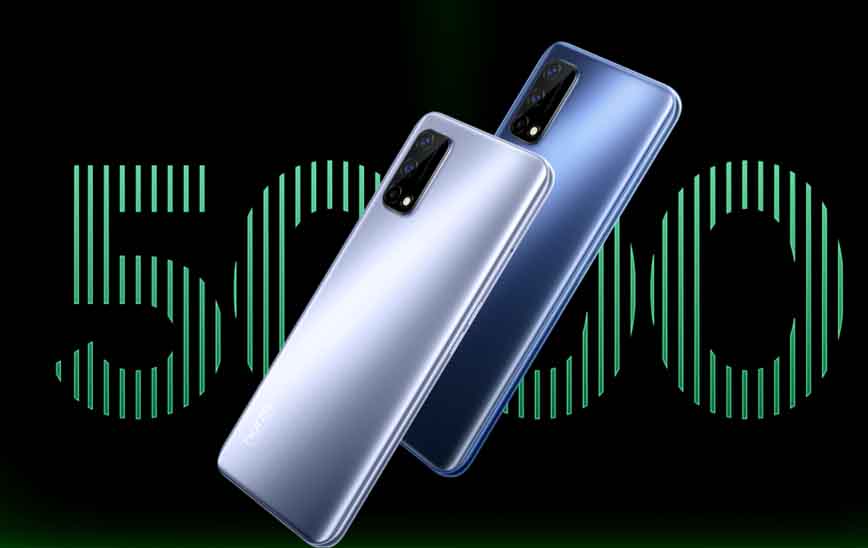RedmiBook is Xiaomi’s lineup of portable laptops that draw a major comparison to Apple’s MacBooks. And now, the company has added two new devices to this series. Here, the RedmiBook Pro 14 and Pro 15 emphasize on lightweight build quality, while being powered by the latest Intel Tiger Lake-U and Tiger Lake H35 processors. Let’s learn more about the RedmiBook Pro 14, 15 including their specs, features, expected price in Nepal, and availability.
RedmiBook Pro 14, 15 Overview:
Design
Let’s start with the design. Both these laptops have been engineered using aviation-grade aluminum alloy material. Besides adding to the lightweight build, the company also claims that it is 1.4 times stronger than 5-series aluminum alloy. Its hinge is benchmarked to last 30,000 flips with one hand too. Furthermore, the lid of RedmiBook Pro 14 and Pro 15 have been treated with ceramic sandblasted texture for that premium visual, tactile aesthetics. While Pro 14 measures 16mm in width, Pro 15 is slightly wider at 16.4mm. Similarly, these laptops weigh 1.46 and 1.79 kg respectively.
Display
On the display front, as the name implies, one’s got a 14” screen whereas the other has a 15” display. But the difference goes beyond the size of the panel. Here, RedmiBook Pro 14 features a 2.5K Super Retina screen contrary to the Pro 15’s 3.2K resolution display. Moreover, Xiaomi has restricted the 90Hz refresh rate on Pro 15 only. That makes it a more capable ultraportable gaming machine, which is further aided by its high-TDP processor. Let me get back to that in just a minute.
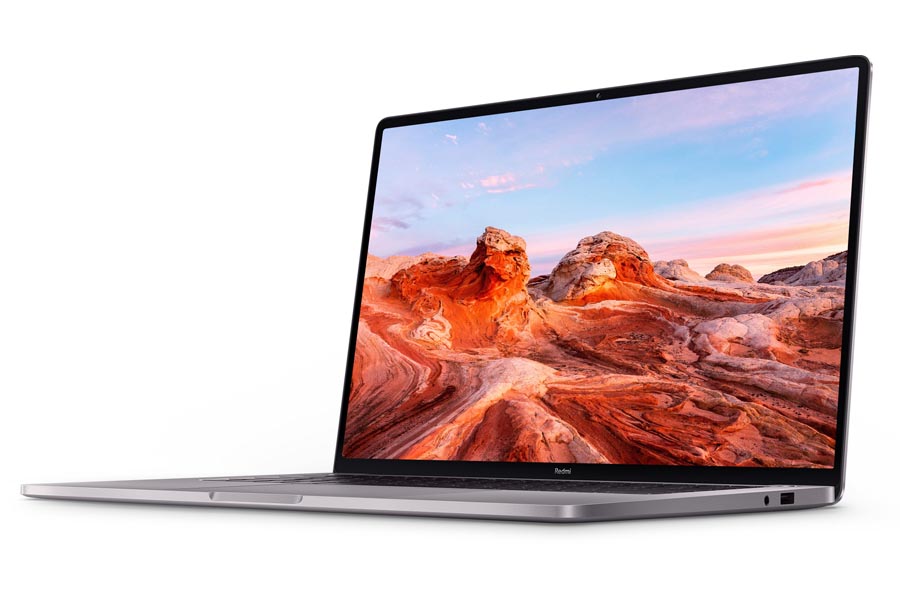
Other variations between these two screens can be seen in the form of contrast and screen-to-body ratio. RedmiBook Pro 14 comes with a 1000:1 contrast ratio and 88.2% screen-to-body ratio. On the contrary, the Pro 15 bumps the former to 1500:1, and the latter to 89.1%. Apart from all this, things are common between them. You get to enjoy a tall 16:10 aspect ratio on a screen that is TÜV Rheinland certified for low blue light emission. Plus, they also support DC dimming.
Performance
Okay, let’s talk about the performance now. And this is where the differences matter most when choosing between the two laptops. Even though both of them are powered by Intel’s 11th-gen CPUs, their actual power and possibilities vary a lot. First of all, the RedmiBook Pro 14 makes do with the Tiger Lake-U series of processors. As we know, these include relatively low-TDP silicons and are more suitable for low-end computing needs only. On the other hand, RedmiBook Pro 15 is powered by the newer Tiger Lake H35 CPUs.
- Also Read:
This is Intel’s new standard of processors for ultraportable gaming laptops. Remember how I said Pro 15 is the better choice for gaming besides its smoother display? This is why. Compared to 12W/28W cTDP up/down in Tiger Lake-U CPUs, the H35 series’ configurable TDP ranges between 28W and 35W. Likewise, the H35 processors come with a new Iris Xe-LP integrated GPU whereas Tiger Lake-U pack in standard Iris Xe graphics. While both of them are excellent integrated graphics, you can also opt for a dedicated GPU on the RedmiBook Pro 14 and 15.
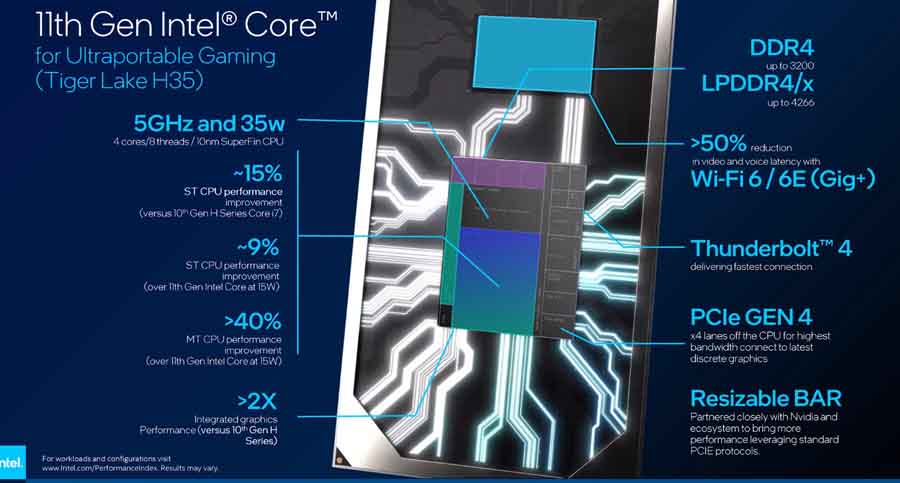
But since these are thin-and-light laptops, don’t expect high-end GTX or RTX series of graphics solutions. Here, Xiaomi has gone with NVIDIA’s entry-level MX450 graphics on both options but it’s optional. The company has included an active cooling system with a single fan and dual heatpipe solution. Users can choose from three performance modes including quiet, balanced, and speed. In terms of memory, you get 16GB of dual-channel DDR4 RAM clocked at 3200MHz and 512GB of M.2 NVMe PCIe SSD. On the connectivity front, it supports Wi-Fi 6 (ax) and Bluetooth 5.1.
Battery
Getting to the battery, RedmiBook Pro 14 is fueled by a 56 Watt-hour battery that supports 65W charging via the included USB-C power adapter. On the other hand, the Pro 15 gets a bigger 70 Watt-hour battery which enjoys 100W fast charging. Xiaomi says both these laptops are good for 12 hours of local video playback and you can get up to 50% juice with just 35 minutes of charge.
Keyboard
RedmiBook Pro 14 and 15 come with a full-sized keyboard. These are also backlit and you can choose from two levels altogether.
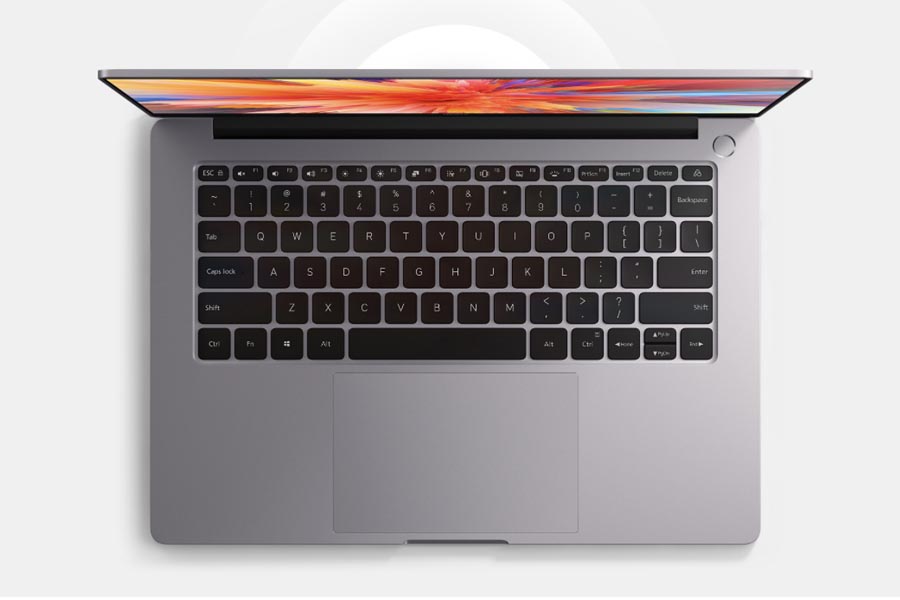
The Pro 14 gets a narrower 1.3mm key travel whereas Pro 15 gets a 1.5mm key travel distance. There’s also a fingerprint sensor for unlocking the device which has been integrated into the power key.
- Also Read:
Rest of the specs
Moving on, both these laptops have a dual stereo speaker setup. The two 2W speakers feature DTS Audio processing for a richer sound profile. For video calls, you get a standard 720p webcam void of any privacy shutter. In terms of port selection, you get 1x 3.5mm mic/headphone jack, 1x USB 2.0 Type-A, 2x USB Type-C (one with Thunderbolt 4), 1x HDMI, 1x USB 3.2 Gen 1 Type-A.
RedmiBook Pro 14, 15 Specifications:
- Body:
- Pro 14: 12.43W x 8.68D x 0.68H-inches, 1.46 kg
- Pro 15: 13.78W x 9.54D x 0.70H-inches, 1.79 kg
- Display:
- Pro 14: 14-inches 2.5K (2560 x 1600) Super Retina screen, 60Hz
- Pro 15: 15.6-inches 3.2K (3200 x 2000) Super Retina screen, 90Hz
- Display properties: 16:10 aspect ratio, TÜV Rheinland Low Blue Light
- Keyboard: Full-sized backlit keyboard (1.3 / 1.5mm key travel)
- Touchpad: Multi-touch supported PTP touchpad
- Processor:
- Pro 14: Intel Tiger Lake-U Core i5-1135G7 / i7-1165G7
- Pro 15: Intel Tiger Lake H35 Core i5-11300H / i7-11370H
- RAM: 16GB DDR4 (dual-channel) RAM @3200MHz
- Storage: 512GB M.2 NVMe PCIe SSD
- Graphics:
- Integrated: Intel Iris Xe / Iris Xe-LP
- Discrete: NVIDIA GeForce MX450 (2GB GDDR5)
- Audio: 2x2W stereo speaker setup, DTS Audio
- Battery:
- Pro 14: 56 Whr, 65W USB-C power adapter
- Pro 15: 70 Whr, 100W USB-C power adapter
- Webcam: 720p HD camera
- Connectivity: WiFi 802.11 6 (ax), Bluetooth 5.1
- I/O ports: 1x 3.5mm mic/headphone jack, 1x USB 2.0 Type-A, 2x USB Type-C (one with Thunderbolt 4), 1x HDMI, 1x USB 3.2 Gen 1 Type-A
RedmiBook Pro 14, 15 Price in Nepal & Availability
RedmiBook Pro 14 and 15 are available for pre-order in China at a starting price of CNY 4,499 and CNY 4,999 respectively. These will be available starting March 4th. If Xiaomi was to launch them in Nepal, we expect the price of RedmiBook Pro 14 and 15 to start at NPR 90,000 and NPR 100,000 respectively.
| Laptop configuration | Price in China | Price in Nepal (Expected) |
| RedmiBook Pro 14 (i5-1135G7, Iris Xe) | CNY 4,499 | NPR 90,000 |
| RedmiBook Pro 14 (i5-1135G7, MX450) | CNY 5,299 | NPR 105,000 |
| RedmiBook Pro 14 (i7-1165G7, MX450) | CNY 5,999 | NPR 120,000 |
| RedmiBook Pro 15 (i5-11300H, Iris Xe) | CNY 4,999 | NPR 100,000 |
| RedmiBook Pro 15 (i5-11300H, MX450) | CNY 5,499 | NPR 110,000 |
| RedmiBook Pro 15 (i7-11370H, MX450) | CNY 6,299 | NPR 125,000 |
- Check out our review of the Alienware M15 R3.


